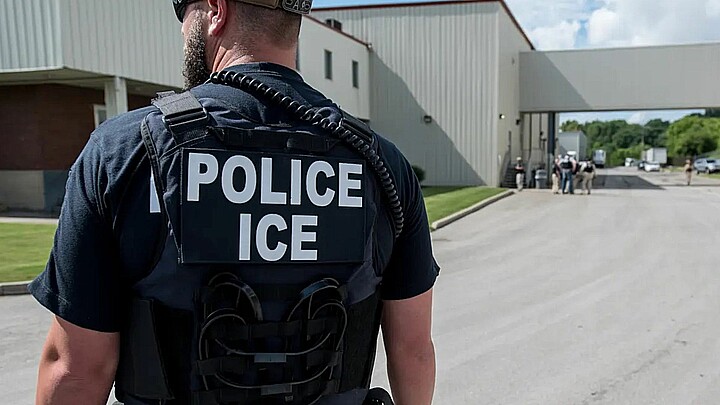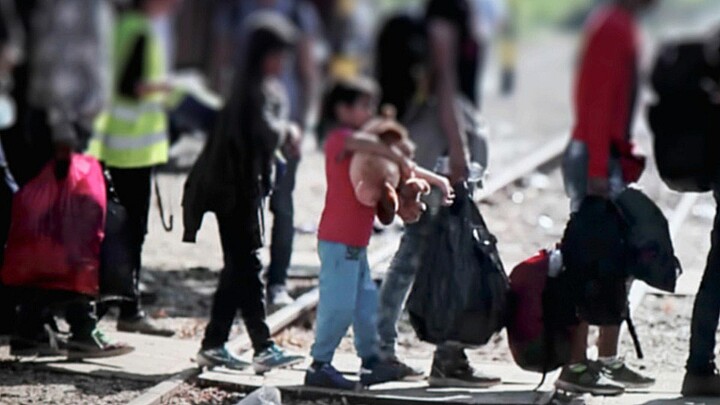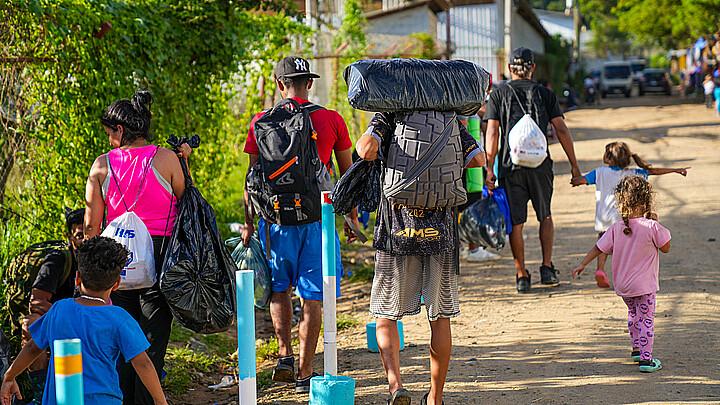Immigration
TSA lets undocumented migrants use arrest warrants as IDs
The information in the arrest warrant is compared to the Customs and Border Protection databases
January 21, 2022 6:05pm
Updated: January 24, 2022 10:07am
The Transportation Security Administration (TSA) said on Friday that it allowed undocumented migrants to use immigration arrest warrants as an alternative form of ID to board airplanes.
"For non-citizens and non-U.S. nationals who do not otherwise have acceptable forms of ID for presentation at security checkpoints, TSA may also accept certain DHS-issued forms, including ICE Form I-200 (Warrant for Arrest of an Alien)," a TSA spokesperson told Fox News.
When presented with a “Warrant for Arrest of Alien” or a “Warrant of Removal/Deportation,” the TSA validates the document by comparing the "alien identification number" in the form with the same number in the Customs and Border Protection (CBP) databases.
"All passengers whose identity is verified through alternate procedures receive additional screening before being allowed into the secure area of the airport," the statement said.
This information came to light after Representative Lance Gooden conducted an inquiry about undocumented migrants flying across the country. As part of the inquiry, a whistleblower gave Gooden’s office a packet of information given to undocumented migrants when they enter the country. The package includes flight information, copies of the Notice to Appear, maps to major cities, legal assistance information in Spanish, and a letter for TSA officials asking them to use the arrest warrant as an ID.
“TSA’s response confirms the Biden Administration is knowingly putting our national security at risk,” said Gooden. “Unknown and unvetted immigrants shouldn’t even be in the country, much less flying without proper identification.”
“TSA is committed to ensuring that all travelers, regardless of immigration status, are pre-screened before they arrive to the airport, have their pre-screening status and identification verified at security checkpoints, and receive appropriate screening based on risk before entering the sterile area of the airport,” said TSA Administrator David Pekoske.










